Tag: inflammation
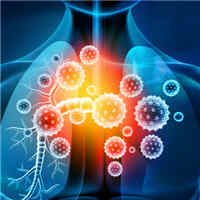
Heat Shock Protein 27 in COVID-19 and non-COVID ARDS Pathogenesis
Acute respiratory distress syndrome (ARDS) is a common cause of hypoxemic respiratory failure in intensive care units that has increased dramatically as a result of the COVID-19 pandemic. In both COVID-19 and non-COVID... read more
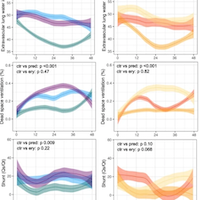
Oxygenation Improvement in Hyperinflammatory Ovine ARDS Treated with Methylprednisolone
Early and persistent improvement in oxygenation was seen only in hyperinflammatory ovine ARDS treated with methylprednisolone, while hemodynamic situation and survival was improved in both injury models and corticosteroid... read more
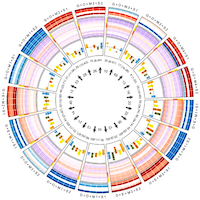
Uncovering Heterogeneity in Sepsis
Among critically ill patients with sepsis, subtype strategies using clinical, biomarker, and transcriptomic data do not identify comparable patient populations and are likely to reflect disparate clinical characteristics... read more
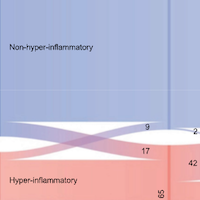
Inflammatory Subphenotypes in Patients at Risk of ARDS
We identified hyper- and non-hyperinflammatory subphenotypes in patients at risk of ARDS upon presentation to the emergency department. These subphenotypes remained identifiable over time and a hyperinflammatory subphenotype... read more

Long COVID Associated with Reduced Circulating Serotonin Levels
Post-acute sequelae of COVID-19 (PASC, "Long COVID") pose a significant global health challenge. The pathophysiology is unknown, and no effective treatments have been found to date. Several hypotheses have been formulated... read more
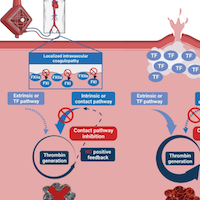
Anticoagulation in the ICU: Contact Pathway Inhibition Future
Bleeding and thrombotic complications are the main cause of morbidity and mortality in critically ill patients on the intensive care unit (ICU), receiving short-term percutaneous mechanical circulatory support (pMCS) by extracorporeal... read more

Severe Hypertriglyceridemia: A 10-Year Review
This study shows the morbidity profile associated with severe hypertriglyceridemia (SHTG), with a high level of ICU admissions and also a high level of the use of plasmapheresis. In our population, this approach had good... read more

ICU Delirium – A Decade of Learning
Think of delirium as the phenotypic manifestation of global, acute brain dysfunction that can deprive patients of their dignity. This syndrome of acute changes in awareness, attention, and cognition is an independent... read more
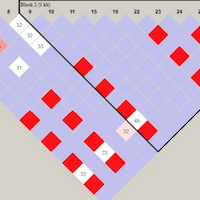
Angiotensin-converting Enzyme 2 Polymorphisms and Susceptibility of Severe COVID-19
Science is digging for the varied presentation of COVID-19 patients exposed to the same risk factors, and medical conditions may be influenced by the presence of polymorphic genetic variants. This study investigated the link... read more
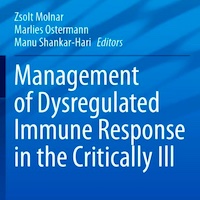
Management of Dysregulated Immune Response in the Critically Ill
This book, part of the European Society of Intensive Care Medicine (ESICM) textbook series, deals with dysregulated host response a relatively new term introduced by the Sepsis-3 definitions in 2016. In contrast to systemic... read more

Spotlight on Aortic Stenosis and Dissection
This Focus Issue on valvular heart disease contains the State of the Art Review article "ESC/EACTS vs. ACC/AHA guidelines for the management of severe aortic stenosis" by Grace Lee from the Temerty Faculty of Medicine in... read more
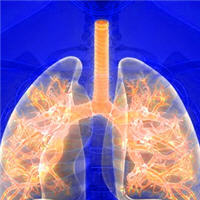
Heterogeneity in Pediatric ARDS: Challenges and Complexities in Diagnosis and Treatment
Pediatric intensive care physicians are well-acquainted with the concept of heterogeneity, as the patients, pathologies, and treatments they encounter can vary greatly both within the pediatric intensive care unit and within... read more
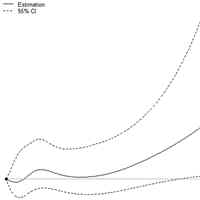
Association Between Oxygen Desaturation Index and Cardiovascular Disease in Non-Sleepy SDB Subtype
In the Chinese community-dwelling population, non-sleepy sleep-disordered breathing (SDB) was highly prevalent. Oxygen desaturation index (ODI), an easily extracted indicator from a type IV sleep monitor, most strongly reflected... read more
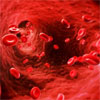
Algorithm to Predict Thromboembolism in COVID-19 Patients
Patients with COVID-19 are at increased risk for thrombosis and might be stratified on admission based on lower Pao2/FiO2 ratio, higher D-dimer levels and history of major hemorrhages. 64 thromboses were recorded in 54... read more




